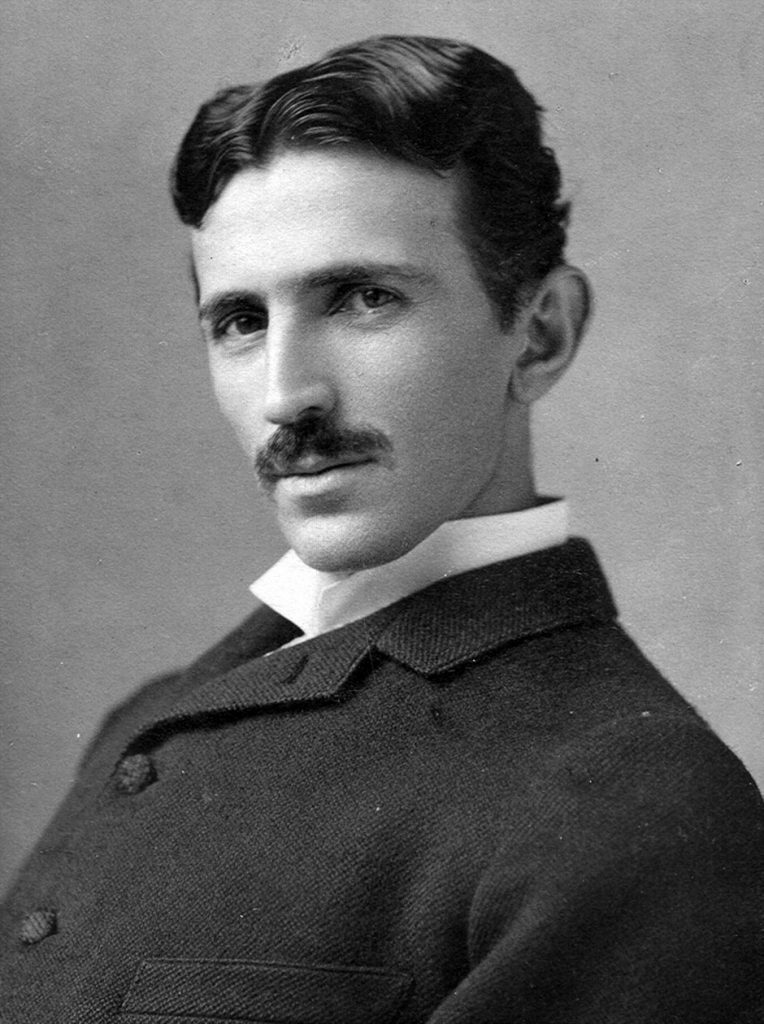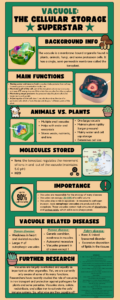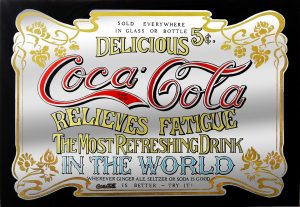The flash of a lightning bolt is one of nature’s most powerful phenomena. It also is a great metaphor for the mind of Nikola Tesla, the brilliant electrical engineer, inventor, and futurist. His work to improve generator designs and create better components for electrical systems culminated in a battle with one of America’s greatest inventors, Thomas Edison. Tesla challenged Edison in a conflict now remembered as the War of the Currents. Today, AC power is the standard for our electric grid; it is cheap, relatively safe, and can be used for everything from heating our homes to making ice. However, there was a time when the general belief was that AC power was neither safe nor practical. Some people thought DC power would be better for homes. In the War of the Currents, the supporters of these two competing concepts clashed.
The war started when two groups with two incomparable electrical systems began competing for municipal contracts to set up power grids to deliver electricity to homes. Edison directed his company to create a power system that utilized DC power. The Edison used his marketing experience to push for this system to become the standard for homes and businesses. His main competitor was financier George Westinghouse. He employed Tesla and put his ideas into practical use allowing millions of American homes to be wired for AC current. There could only be one winner. America was going to be powered by either DC current or AC current, and there was a lot at stake. It was not just a battle about electricity, but it was also about the future of America and the advances in technology that would build the 21st-century world.1
Nikola Tesla was born to Serbian parents on the night of July 10, 1856 in what is now Croatia. According to legend, he was born during a powerful thunderstorm, a fortuitous omen as electricity defines the work of Tesla’s life.2 Tesla, a math prodigy, displayed his talents at an early age. With his eidetic memory, Tesla could visualize objects in his mind with great detail. He could construct models without having to draw them out.3 These two abilities served him well throughout his life. Initially, his father wanted him to become a priest but, he relented when the young Tesla fell ill and was possibly on his deathbed. The elder Tesla promised to allow his son to study math and engineering in school; whether it had an effect or not, the young boy quickly recovered soon after. After completing his schooling, Tesla went on to pursue a job with a company on the leading edge of electric power.

Tesla joined Edison’s world when he took a job at the Continental Edison Company in Paris. Already displaying an aptitude for electrical engineering, Tesla’s talents were quickly recognized by his superiors, and he immigrated to the United States to take a job in the Edison Machine Works in New York City.4 Working for Edison’s company was a great opportunity for Tesla. At the time, Edison’s electric company was wiring cities for electric power to light the streets at night. Tesla’s began by working to improve the DC generators that supplied power to the system; later his supervisors tasked him with improving the arc lighting system they were installing. The arc lights were powered by AC current but could only be used outdoors for safety reasons. Tesla completed the work asked of him by manager Charles Batchelor, but Batchelor refused to pay Tesla promised bonuses for accomplishing the work. This resulted in Tesla’s departure from the Edison Machine Works, but he did not leave empty handed.5
Tesla’s experience at the Edison Machine Works was just the beginning of his troubles. His work at the company included designing a better arc lighting system, which the company declined to file a patent on. After he left, Tesla was able to claim the patent rights and put the system into production himself. This was a fortunate break for Tesla as he would be able to use the patents to attract investors. This lead to the formation of the Tesla Electric Light & Manufacturing Company. However, this venture did not go as well as Tesla had hoped. Tesla signed over his patent rights in exchange for stock in the company, a seemingly good deal at the time. Powered by his new technology, the company should have taken off, but this was not the case. Investors backed away from the dangerous arc lights and no one was interested in the AC motors Tesla had developed. The company folded and Tesla had nothing to show for it. He was left digging ditches for two dollars a day. Tesla was at the lowest point in his life.6

This set back was only temporary, better days were on the horizon for Tesla. Salvation arrived when he was contacted by investors looking to profit from newly patented technologies. The first two men that helped Tesla get back on the right track were Alfred Brown and Charles Peck. They had experience taking people’s inventions and setting up companies to profit from them. They worked with Tesla and gave him a chance to develop and perfect his AC motors. Tesla’s work captured the attention of George Westinghouse who was working on an AC power system that was competing with Edison’s DC system. Westinghouse looked at Edison’s DC system and quickly realized it had a flaw. Even though Edison’s system was safer because of the low voltage, the process of transmitting the power over long distances was not practical. The DC system worked well in crowded urban centers like New York or Philadelphia, but bringing power to rural communities would present a challenge with Edison’s system. Westinghouse capitalized on this shortcoming by promoting an AC power system to bring electricity to smaller communities further away from the power plants producing the electricity. Edison was not going to back down in the face of this new competition. The War of the Currents had begun.7

The battle for which electric system would power America would last just a few short years. However, the influence it exerted changed the future of technology in America. In 1888, an electric line worker in New York City died while doing a repair on the AC lines that were powering the arc light system in the city. Edison jumped on this opportunity. He fanned the anti-AC furor that grew out of the worker’s death. Edison even secretly hired a man named Harold P. Brown to travel to cities and put on public demonstrations where animals were killed by electrocuting them with AC current to show the public how dangerous it was. The most memorable contribution to come from Edison during this campaign was the invention of a new method of execution for condemned prisoners, the electric chair. Edison was personally against the death penalty, however this did not stop him from secretly financing the development of the electric chair. Edison hoped that using AC generators would further influence public opinion against AC current. The first executions did not go well resulting in a lack of the negative publicity that Edison desired.8

The War of the Currents would end by 1893. In the closing years of the nineteenth century, plans were being made for a huge celebration of the past and a glorious look at the future. The city of Chicago wanted to use electricity to illuminate the World’s Fair it was hosting. The World’s Columbian Exhibition was to be a celebration of the 400th anniversary of Christopher Columbus’ landing in North America. However, in the tradition of World’s Fairs the exhibition also displayed new technologies that were going to be introduced to the public in the near future. One of the new technologies to be showcased at the Fair was electric lighting. Westinghouse won the contract to rig the lighting for the fair, his bid being substantially lower than Edison’s bid. The DC power system was just too costly to implement, even for something as small as a fair. The publicity for AC power would be huge. For once, the public could see the wonders of the AC system that Tesla helped to develop. Even though Edison’s DC system was safer, it could not compete with the cost-effectiveness of the AC system , especially in rural communities where the power had to be transmitted over longer distances. Once Westinghouse started winning numerous bids because of the lower cost involved in producing and transporting AC power Edison could no longer compete, and Westinghouse and the AC system would become the power of the future for the world. Tesla’s final victory would come when Edison was forced to merge with a different competitor and formed the General Electric Company.9
- Michael Parks, “Tesla, Edison, and the War of Currents,” Tech Directions #78, no. 2 (October 1, 2018): 12. ↵
- Richard Munson, Tesla: Inventor of the Modern (Norton & Company, Incorporated, W.W., 2018), 10. ↵
- Christopher Cooper and Marc J. Seifer, The Truth about Tesla: The Myth of the Lone Genius in the History of Innovation (New York: Race Point Publishing, 2018), 23-24. ↵
- John J. O’Neill, Prodigal Genius: The Life of Nikola Tesla (Ives Washburn 1944), 57-60. ↵
- W. Bernard Carlson, Tesla: Inventor of the Electrical Age (Princeton: Princeton University Press, 2013), 62-70. ↵
- Christopher Cooper and Marc J. Seifer, The Truth about Tesla: The Myth of the Lone Genius in the History of Innovation (New York: Race Point Publishing, 2018), 35-36. ↵
- W. Bernard Carlson, Tesla: Inventor of the Electrical Age (Princeton: Princeton University Press, 2013), 72-76. ↵
- Mark Essig, Edison and the Electric Chair: A Story of Light and Death (New York: Bloomsbury Publishing USA 2009), 137-140. ↵
- Richard Gunderman, “The Extraordinary Life of Nikola Tesla,” Smithsonian.com, January 05, 2018. ↵



47 comments
Kenneth Gilley
I had never heard about Thomas Edison’s battle with Nikola Tesla. It is amazing how this battle continues to affect us to this day. Edison’s DC power was safer, but it was much more expensive than Tesla’s AC power. In the end, Tesla gained won out over Edison. So, we now have all our homes powered by AC current. This was a very interesting article!
Audrey Uribe
Crazy to think we grew up learning the history behind Thomas Edison but never Tesla.This article was very informative and was attention grabbing due to the originality of the topic. Even through failure Tesla managed to get right back up and continue the hard work needed in order to be successful. Reading about the “war” of feud the companies had was intriguing.
Hannah Hennon
We talked about this in my United States history class in high school. I remember my teacher pulled up one of the videos of Edison electrocuting an elephant with the AC electricity. Tesla had the advantage because AC power could travel to rural areas and cost less while Edison’s DC electricity did not travel far enough and was more expensive.
Malleigh Ebel
I’m surprised I had never heard of Tesla, or the electricity wars since this seems like quite a phenomenal part of history! While I have heard of Edison, it seems the history should have remembered Tesla since he reinvented current and wasn’t as malicious as Edison was endorsing the electric chair just to give AC a worse reputation. Tesla was an amazing attribution to the electric revolution in America, and would be an excellent example of immigrants positively effecting our country.
Jacqueline Mendez
Very interesting article about these two giants. It’s funny how backstabbing and stealing credit existed back then. Even back when technology wasn’t advanced snakes still were out there slithering away. Edison was not a true friend and its crazy how they ended up competing to become a strong power.
Raul Vallejo
Very interesting read that i had never even known about. Its always great to see someone overcome obstacles while following their dream, and still end up accomplishing their goal. Tesla had an amazing underdog story and it is great to see that what he did was also not only for the good of him, but for the good of the country as well.
Jose De Julian
The article was really nice. I had no idea that Edison and Tesla were competing for which type of power would be the power of the future. Tesla’s AC power that was cheap, could reach long distances, but was not as safe or Edison’s DC power which was low voltage, safer and, could not reach more rural areas. Tesla’s AC power type ultimately won and made is possible for cheaper, long distance power grids for future generations. Tesla History with electricity is probably why The Electricity car company Tesla is named Tesla. Thanks to his father who allowed him to pursue engineering and math we have the world as we know it.
Sydney Hardeman
This was a very well-written, informative, and interesting article. I had not known about the history of Tesla, and I think you did a great job of depicting his story. The relationship between Tesla and Edison was interesting, mostly because I had no idea they had anything between them. Tesla’s AC system was obviously brilliant but the way you wrote about the dispute between the two made it suspenseful and interesting.
Jose Maria Llano Aranalde
I had heard about Tesla but I had never actually done any research or known that much about him. It’s crazy to think that most people know who edision is but not that many people know about Tesla. I feel like if you asked people about Tesla they would know about the car company but not about the actually person. Tesla’s story is inspiring and its great to see some one like him succeed.
Azucena Cuevas
The article was really engaging and informative. I have briefly heard what Tesla has done for our society, but the article went into more detail. It is really inspiring that all of the hard work, even through failure, Tesla put it paid off. I thought he had always been in the field and supported for being so intelligent. I didn’t know his father wanted him to be a priest or that he had gotten ill so early on in his life. Overall, it was interesting to read about the “war” the two companies had. It was a great opportunity that Tesla ended up working with Westinghouse for AC powering after being ripped of with DC powering. It ended up setting his whole future in motion.